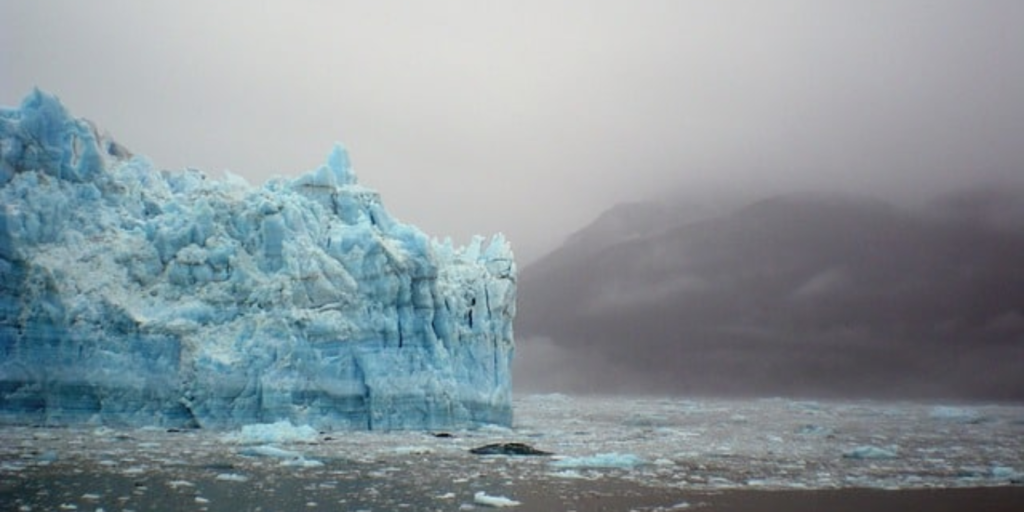Over the Earth and its oceans, ice serves as a shield. The globe stays colder as a result of these brilliant white areas, which reflect extra heat into space. Theoretically, the Arctic region stays colder than the equator because more solar heat is reflected off of the ice and sent into space.
A scientific record of how the climate has changed through time may be found in glaciers all around the world, which contain ice that is several hundred to several thousand years old. Our understanding of the extent to which the world is quickly warming is greatly improved by their work. They give scientists a record of the evolution of the climate over time.
Rapid glacier melt in Antarctica and Greenland also affects ocean currents because it slows currents when it enters warmer ocean waters in large quantities. Additionally, sea levels will keep rising as land-based ice melts.
Causes:
Climate Change: One of the main causes of melting ice glaciers is climate change. Rising global temperatures due to greenhouse gas emissions lead to the accelerated melting of glaciers.
Deforestation: Deforestation contributes to climate change by reducing the number of trees that absorb carbon dioxide from the atmosphere. This leads to increased greenhouse gases and further warming of the planet.
Industrialization: Industrial activities release large amounts of greenhouse gases into the atmosphere, contributing to the warming of the planet and the melting of ice glaciers.
Pollution: Pollution, including air and water pollution, can deposit dark particles on glaciers, causing them to absorb more heat from the sun and melt faster.
Effects:
Rising Sea Levels: Melting ice glaciers contribute to rising sea levels, posing a significant threat to coastal communities and low-lying areas. This can lead to increased flooding, erosion, and the loss of coastal habitats.
Water Scarcity: Glaciers act as natural reservoirs, storing water that is released gradually over time. As glaciers melt, this stored water is lost, leading to water scarcity in regions that rely on glacier meltwater for drinking water, agriculture, and hydropower.
Ecosystem Disruption: Melting ice glaciers disrupt ecosystems that depend on cold water and provide unique habitats for various species. The loss of glaciers can affect biodiversity, including plants, animals, and microorganisms adapted to cold environments.
Displacement of Communities: Melting glaciers can force communities living in high-altitude regions to relocate due to the loss of their primary water source or increased risks of glacial lake outburst floods and landslides.
It is important to address the causes of melting ice glaciers through sustainable practices, reducing greenhouse gas emissions, conserving forests, and promoting renewable energy sources. Efforts should also be made to adapt to the changes brought about by melting glaciers and mitigate the impacts on affected communities and ecosystems.

